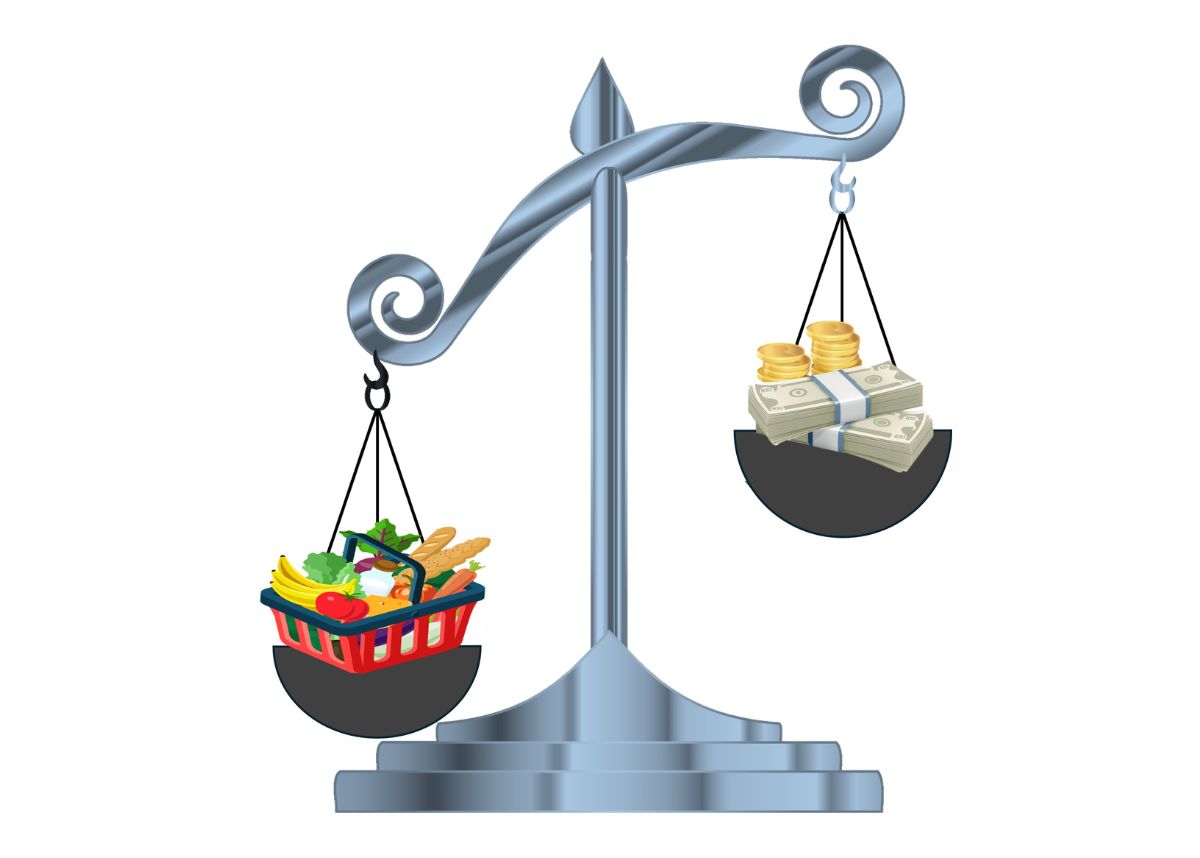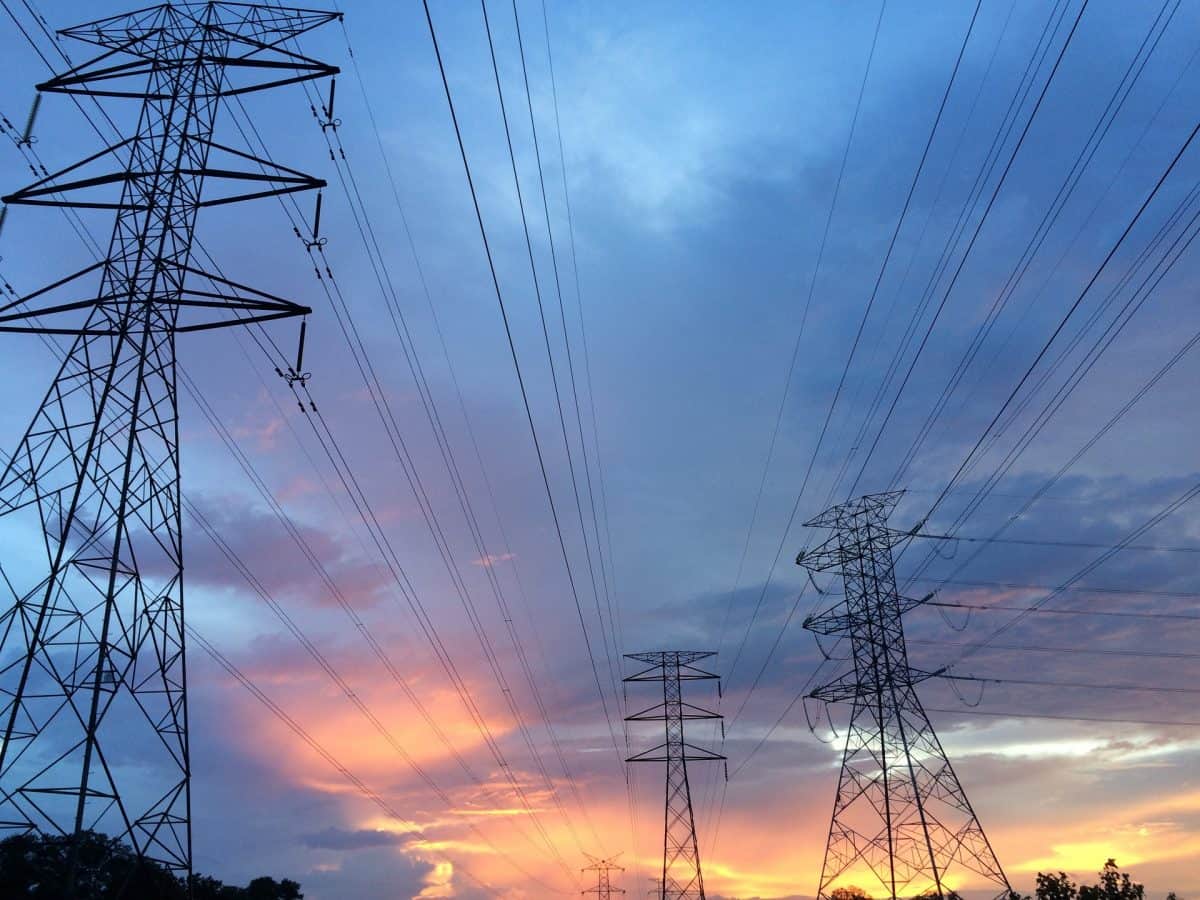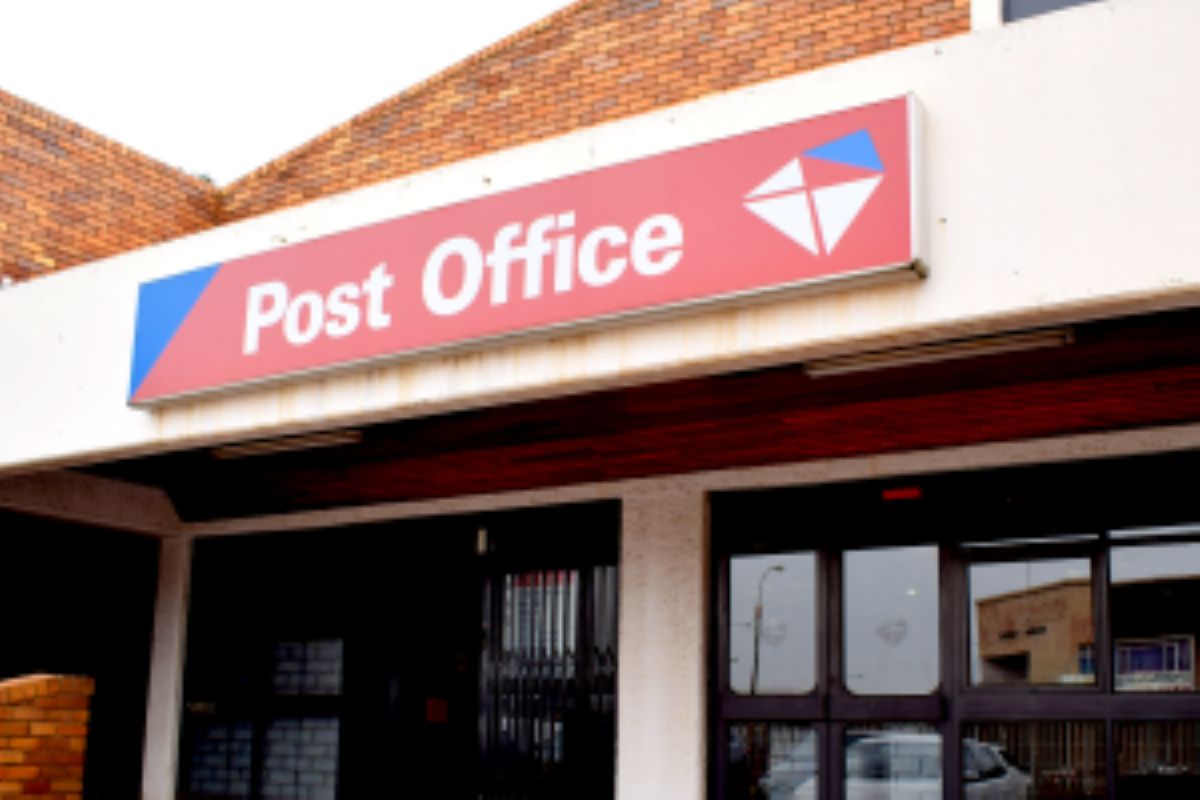Millions of employed people in South Africa earn the minimum wage and struggle to afford basic food items. When comparing the national minimum wage between December 2019 and December 2024 to the price of an average food basket over the same period, it is noticeable how the gap has widened over the years. While the minimum wage increased by 38% over these five years, the price of the food basket increased by 68%.
What is in the food basket?
The data used for the average food basket prices comes from prices collected over many years by the Pietermaritzburg Economic Justice and Dignity (PMBEJD) of 44 goods that are bought by women living in low-income households. The index is based on foods that women living in an average low-income household size would typically buy each month.
The women who collect the data are from Johannesburg, Cape Town, Durban, Pietermaritzburg, Mtubatuba, and Springbok. They track food prices directly from the shelves of 47 supermarkets and 32 butcheries that target the low-income market. These include the ones that women identified as the ones they shop at in their areas.�
Inflation vs food prices
Inflation in South Africa fell to its lowest level in four years in October last year, yet food prices seem to be increasing despite this. How does that work?
Inflation measures the change in the cost of goods, not the actual cost, so if inflation slows down, prices still increase, just not as fast.
The gap that is not closing
The Outlier has compared the costs of this food basket and the national minimum wage increase between December 2019 and December 2024. Over this five-year period, the basket increased in price by R2 183 and the minimum wage increased by about R1 200. The gap widened during the pandemic and has never really recovered.

What items do people prioritise when the budget is tight?
People on a limited budget have to prioritise what they buy. In addition to the 44 items that the PMBEJD collects data on, they also collect data on the items that women in low-income households prioritise and buy first in order to ensure their families are fed. The Outlier plotted the change in prices over five years of nine of these priority items in the following chart:

Markedly, there are only two vegetables on the priority list, potatoes and onions. These priority foods are filling but often insufficient to meet the nutritional needs of a family.
What items do you prioritise when grocery shopping?
Let us know by leaving a comment below or send a WhatsApp to 060 011 021 1. �
Subscribe to The South African website’s newsletters and follow us on WhatsApp, Facebook, X, and Bluesky for the latest news.














